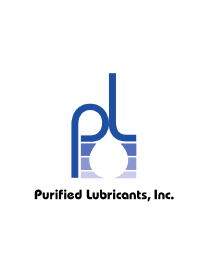Lubricants for industrial equipment are tasked with many different functions, including protecting against corrosion and wear, transferring contaminants to filters or dissipating heat from hot zones. Most lubricants have specific conditions where they may become flammable, such as when flames, sparks or hot surface conditions occur. This is mostly derived from the lubricant’s base oil properties. For this reason, these specific lubricant properties and environmental conditions must be understood and controlled. More importantly, the lubricant should be selected appropriately with the necessary properties to mitigate the potential risks. This is where lubricants called fire-resistant fluids are put into service.





